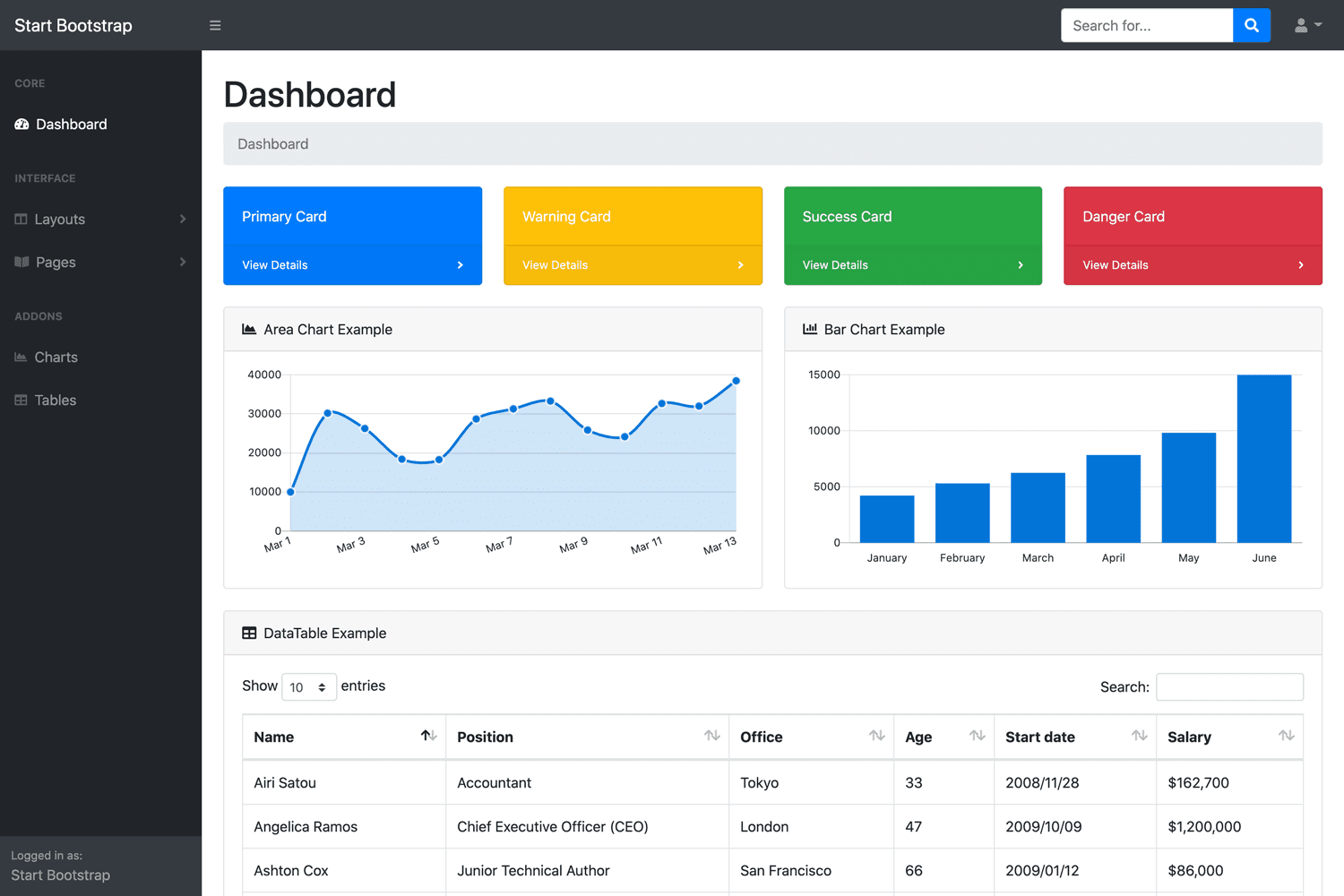Difference Between Select and SelectMany in LINQ
By Tan Lee Published on Dec 10, 2024 373
Use Select when you want to project elements to a different shape, but don't need to flatten nested collections.
For example, Using Select
var numbers = new List<int> { 1, 2, 3, 4, 5 };
var squaredNumbers = numbers.Select(x => x * x).ToList();
Console.WriteLine(string.Join(", ", squaredNumbers)); // Output: 1, 4, 9, 16, 25The result is one element for each element in the original collection, and the result is typically a collection of transformed elements.
In this example, each number is squared, and the result is a collection of the squared values.
Use SelectMany when you need to flatten sequences or handle collections inside collections.
For example, Using SelectMany
var numbers = new List<int> { 1, 2, 3 };
var nestedList = numbers.SelectMany(x => new List<int> { x, x * 2 }).ToList();
Console.WriteLine(string.Join(", ", nestedList)); // Output: 1, 2, 2, 4, 3, 6The result is a flattened sequence from the inner collections (or sequences) produced by the selector.
In this example, SelectMany flattens the resulting nested sequences ({1, 2}, {2, 4}, {3, 6}) into a single, flattened list of numbers.
The SelectMany() method is used to flatten a sequence where each element is a collection or sequence itself.
internal class User
{
public string UserName { get; set; }
public List<string> Roles { get; set; }
}For example:
internal class Program
{
static void Main(string[] args)
{
var users = new List<User>
{
new User { UserName = "Reza" , Roles = new List<string>{ "Admin" } },
new User { UserName = "Amin" , Roles = new List<string>{ "Guest", "Reseption" } },
new User { UserName = "Nima" , Roles = new List<string>{ "Guest" } },
};
var query = users.SelectMany(user => user.Roles, (user, role) => new { user.UserName, role });
foreach (var obj in query)
Console.WriteLine(obj);
}
}Output:
{ UserName = Lucy, role = Admin }
{ UserName = Amin, role = Guest }
{ UserName = Amin, role = Reseption }
{ UserName = Nima, role = Guest }- C# LINQ Tutorial
- C# LINQ query and method syntax
- Group by in LINQ
- How to get the index of an element in C# LINQ
- Cannot use a lambda expression as an argument to a dynamically dispatched operation
- How to group by multiple columns using LINQ
- Using LINQ to remove elements from a List<T>
- How to Find XML element by name with XElement in LINQ





